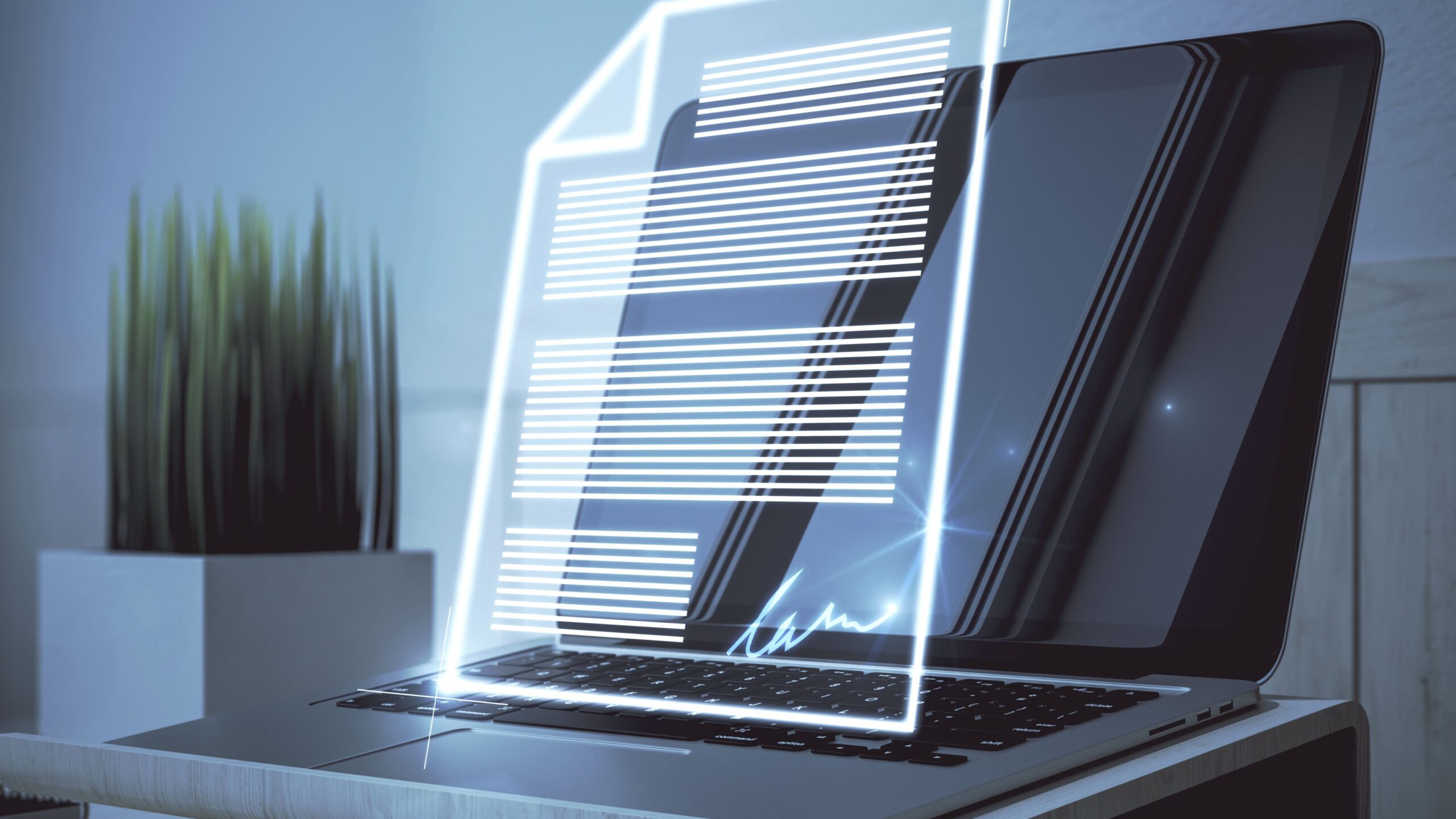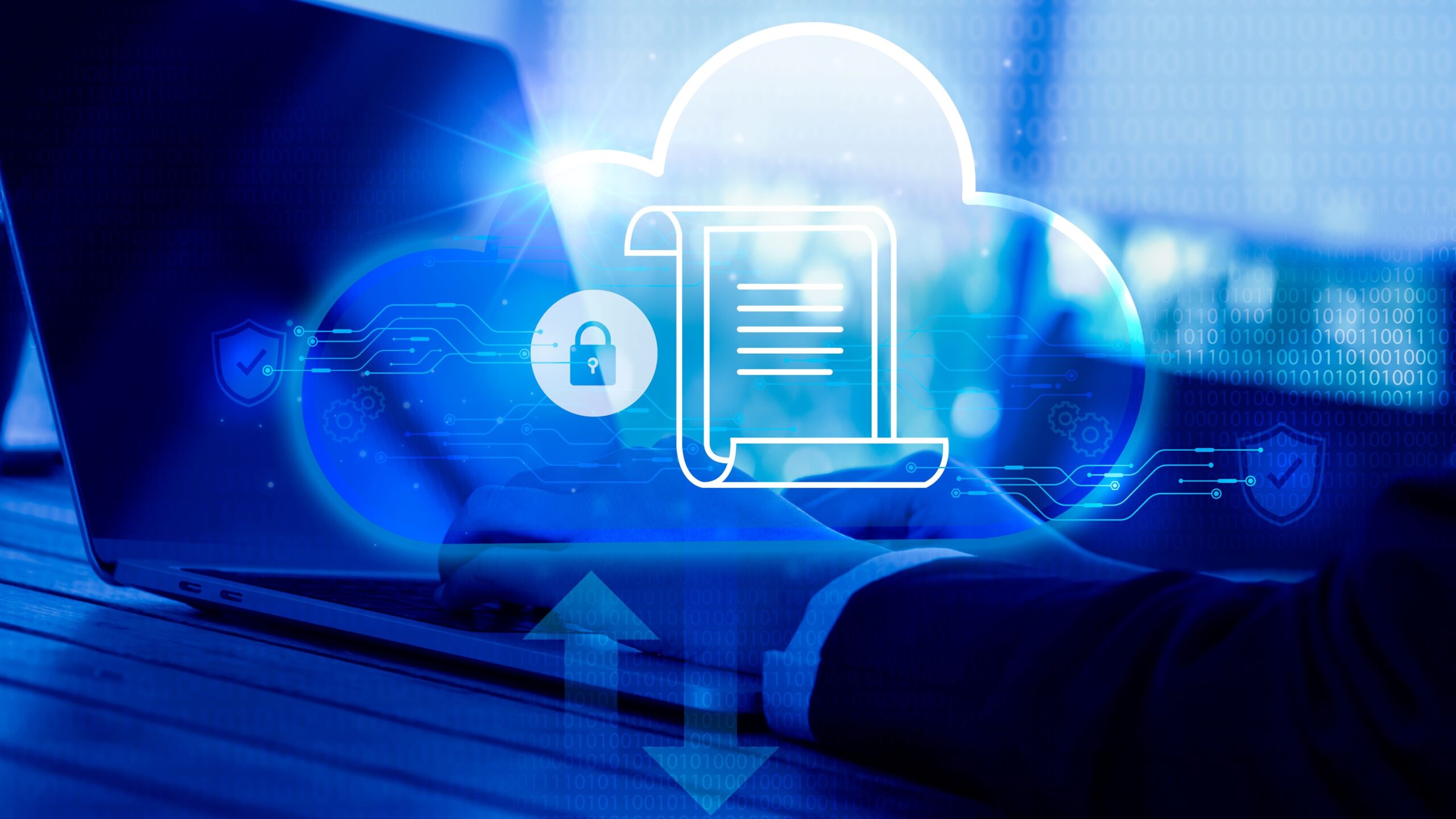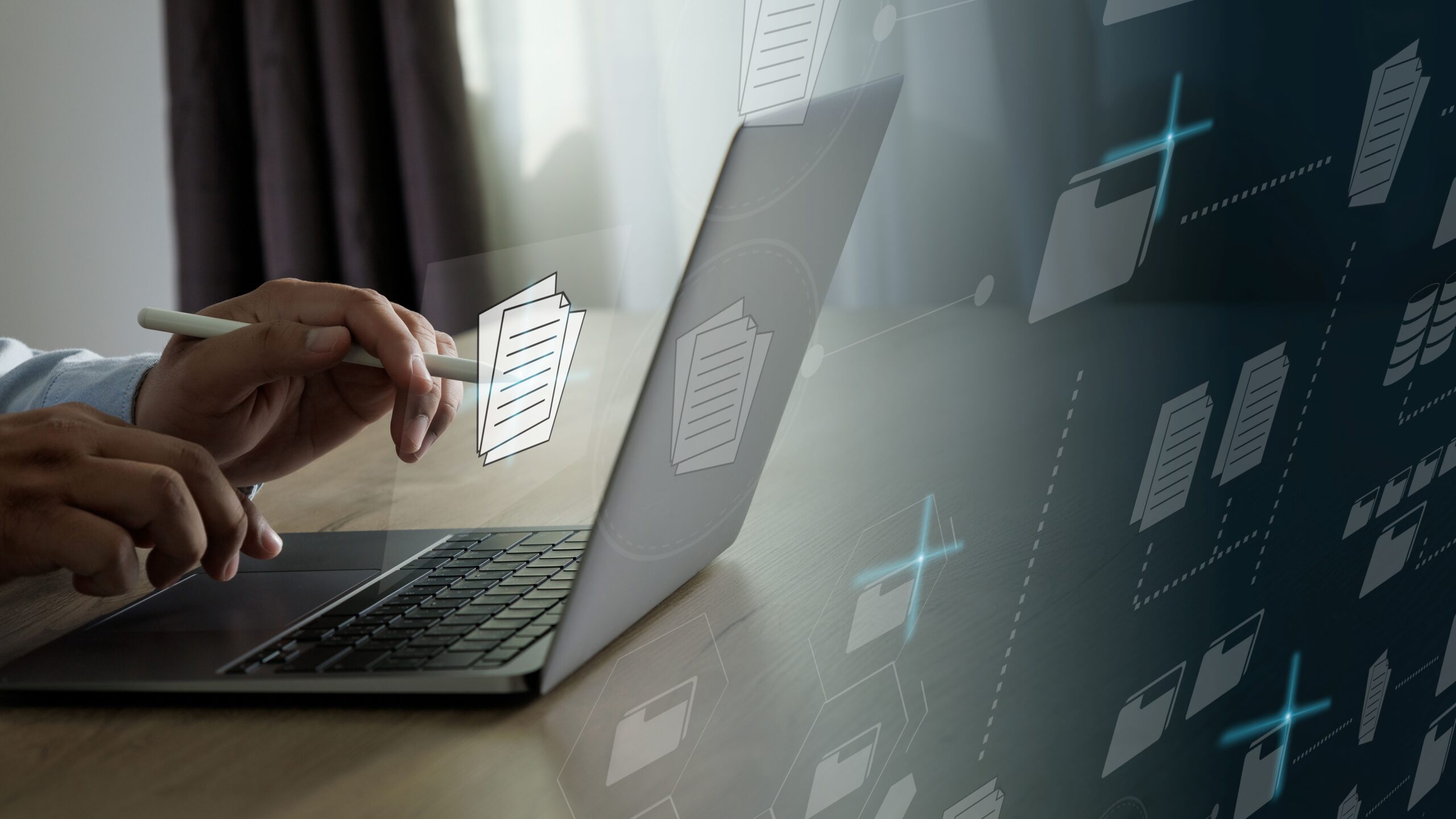Let’s clear the air first. A digital fax line isn’t your grandma’s bulky fax machine sitting in the corner of the office. It’s a modern, internet-based solution that lets you send and receive faxes via email, online portals, or apps — no phone lines or paper needed. Think of it like faxing, but with the convenience of email.
The Evolution from Analog to Digital
There was a time when every office echoed with the high-pitched screech of a dial-up fax machine. These bulky devices were a staple of business communication — slow, mechanical, and very reliant on phone lines. Sending a fax meant printing a document, waiting in line by the machine, hoping the recipient’s fax wasn’t busy, and then storing the paper for records. Maintenance was a nightmare too — ink cartridges, thermal paper rolls, and constant paper jams made faxing a frustrating part of the workday.
Digital faxing changed all that. Today, businesses can send and receive faxes directly from email, web apps, or even smartphones, eliminating the need for physical machines entirely. This evolution wasn’t just about convenience — it was about staying competitive. As industries moved toward cloud-based operations and remote work, traditional faxing couldn’t keep up. Digital fax lines have become an essential bridge between legal/formal communication needs and modern, agile workflows. They’ve taken an outdated technology and made it relevant again in the fast-paced digital age.
Why It Matters in Today’s Business Landscape
In a world filled with cloud drives, instant messaging, and collaborative platforms, it’s easy to assume faxing is obsolete. But in reality, faxing still plays a crucial role in industries where document security, legal compliance, and traceability are non-negotiable. Digital faxing continues to be a go-to tool in fields that demand absolute assurance that documents have not been tampered with or intercepted. This includes sectors like healthcare, finance, government, and law — where regulations often mandate secure fax communications.
What’s more, digital faxing meets modern business needs without compromising on compliance. Unlike email, which can be intercepted or filtered, digital fax lines provide encrypted, verified transmissions with full audit trails. This level of reliability and legal recognition is why digital fax isn’t just surviving — it’s thriving. It matters because it blends the old reliability of fax with the flexibility and speed demanded by today’s global, mobile workforce.
The Persistent Relevance of Faxing
Industries That Still Rely on Fax
Believe it or not, faxing remains a critical tool in many professional sectors in 2025. The reasons aren’t nostalgic — they’re practical, regulatory, and security-driven. Here’s a breakdown of key industries where fax is still essential:
- Healthcare
The healthcare industry is governed by strict privacy laws, such as HIPAA. Digital fax lines ensure that medical records, prescriptions, and insurance documentation are transferred securely and in compliance with these standards. - Legal Firms
Lawyers still use fax for filing court documents, signing legally binding contracts, and sharing sensitive data. Courts and legal bodies often require faxed transmissions due to their verifiable and tamper-resistant nature. - Financial Services
Banks, accounting firms, and insurance providers use digital faxing to exchange financial documents, identity verifications, and reports. Faxing meets strict security requirements in a way email often cannot. - Government Agencies
Many local, state, and federal government departments still use fax to receive documentation from citizens and businesses. It’s a standardized method that aligns with their infrastructure and regulatory protocols.
Even as these industries adopt cloud storage and digital signatures, faxing remains embedded in their operational DNA — especially when precision, proof, and privacy are on the line.
Regulatory and Legal Requirements
One of the biggest reasons faxing hasn’t disappeared is because many industries are bound by regulatory frameworks that still recognize faxing as a legal and secure method of communication. For example, in the U.S., regulations like:
- HIPAA (Health Insurance Portability and Accountability Act) for healthcare,
- GLBA (Gramm-Leach-Bliley Act) for finance, and
- GDPR (General Data Protection Regulation) in the EU for personal data,
These regulations often require data transmission to include encryption, confirmation of delivery, and records of the transaction. While email can be encrypted, it often lacks automatic confirmation and legal recognition in many contexts. Digital faxing provides verifiable transmission logs and timestamps, which are essential in audits, legal disputes, and compliance checks. It’s not just about sending a file — it’s about proving it was sent securely and received exactly as intended.
Security and Compliance Benefits
Security has become a top concern for any business handling sensitive documents — and digital faxing steps up to the challenge. Unlike email, which is often targeted by phishing, spoofing, and data interception, digital fax lines offer encrypted transmission both in transit and at rest. This significantly reduces the risk of unauthorized access and ensures that confidential files like contracts, medical reports, or financial documents are kept safe.
Additionally, digital faxing services often include features that are crucial for compliance and auditing:
- End-to-end encryption
- Access controls and user authentication
- Automatic delivery confirmations
- Audit logs and tracking history
- Cloud backups with secure storage
These features don’t just provide peace of mind — they’re mandatory for industries that are audited regularly and must prove their compliance practices. With digital faxing, security and compliance aren’t afterthoughts — they’re built into the system.
The Persistent Relevance of Faxing
Faxing may seem like a relic from the past, but it continues to play a surprisingly important role in modern business communication. Despite advances in cloud computing and email, the need for secure, legally recognized document transmission hasn’t gone away. In fact, it’s more important than ever. Many businesses and organizations still depend on faxing not out of habit, but because it’s one of the few communication methods that meets strict compliance standards. In environments where data breaches and privacy violations can cost millions or even result in lawsuits, faxing remains a trusted and resilient solution.
Modern digital faxing has preserved everything that made traditional fax reliable while stripping away the inconvenience. There’s no need for phone lines, noisy machines, or piles of paper anymore. Instead, businesses use encrypted digital fax lines that integrate seamlessly into cloud ecosystems. This means faxes can be sent from email, stored in Dropbox, and accessed remotely — all while complying with industry regulations. That’s why the fax is still standing strong: it has adapted, not disappeared.
Industries That Still Rely on Fax
Some industries have deeply embedded faxing into their operations due to compliance, documentation standards, and customer expectations. Even with the growth of electronic records and cloud software, faxing continues to be indispensable in several sectors where accuracy, security, and verifiability are essential. These industries use fax not just out of tradition, but because it is often the only method that aligns with government or industry compliance laws.
Here are some key industries where faxing is still critical:
- Healthcare:
Medical facilities and hospitals must comply with HIPAA. This makes faxing a safer option compared to email for transmitting medical records, lab results, and prescriptions. - Legal Firms:
Attorneys and law offices use fax to share legally binding documents, court filings, and confidential case information. Courts often still request faxed submissions. - Financial Services:
Banks and investment firms rely on fax for transactions, client agreements, and regulatory reporting. Fax provides a secure paper trail. - Government Agencies:
Many public sector institutions still request or require document submissions via fax, especially in sensitive departments like immigration or tax.
Fax is more than a backup—it’s the go-to tool when data privacy and legal enforceability are non-negotiable.
Regulatory and Legal Requirements
One of the primary reasons faxing is still widely used today is its ability to meet legal and regulatory demands. Many industries are governed by strict data protection laws that require secure and verifiable communication methods. These include HIPAA in healthcare, GLBA in finance, and GDPR in the European Union. In many cases, email alone doesn’t satisfy these requirements due to its vulnerability to hacking, spoofing, and lack of confirmation features. Digital faxing, however, provides built-in encryption, delivery verification, and digital audit trails.
Legal and regulatory frameworks require that organizations be able to prove who sent a document, when it was sent, and whether it was received. With digital faxing, these details are automatically logged and archived, creating a defensible trail of documentation. This is particularly important during audits, legal disputes, or compliance reviews. It’s not just about convenience—it’s about fulfilling legal responsibilities. A digital fax line ensures that sensitive information is transmitted in a way that is fully aligned with government and industry standards.
Security and Compliance Benefits
Security isn’t optional anymore — it’s a requirement. Businesses are constantly under threat from cyberattacks, phishing schemes, and data breaches. Unlike email, which can be easily intercepted or manipulated, digital faxing is inherently more secure. It transmits data using encrypted protocols and bypasses the open internet in many cases, minimizing exposure to malicious actors. Most digital fax solutions also offer features like secure cloud storage, two-factor authentication, and user permissions to ensure that only authorized personnel can access sensitive documents.
From a compliance standpoint, digital faxing checks all the boxes. It provides:
- Encrypted transmission both in transit and at rest
- Audit trails that track every fax sent or received
- Automatic delivery confirmations with timestamps
- Cloud backups with strict access controls
- Compliance with regulations like HIPAA, GLBA, and GDPR
These features aren’t just nice to have — they’re critical in industries where privacy is paramount. Digital faxing ensures that businesses stay compliant and avoid the steep penalties that can come with data mishandling. Whether you’re sending patient records, legal filings, or financial contracts, digital faxing gives you the protection and peace of mind that modern business demands.




